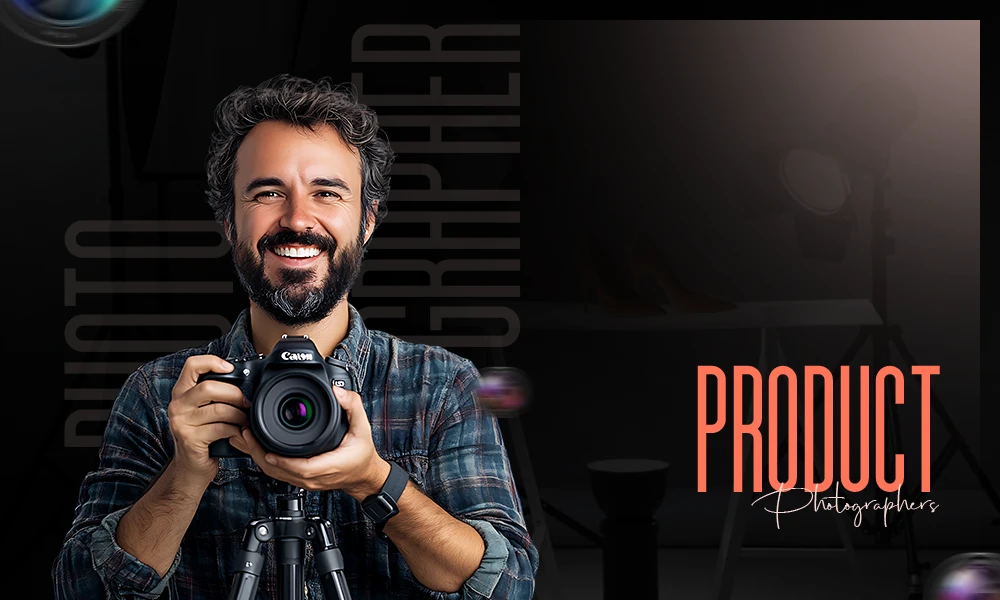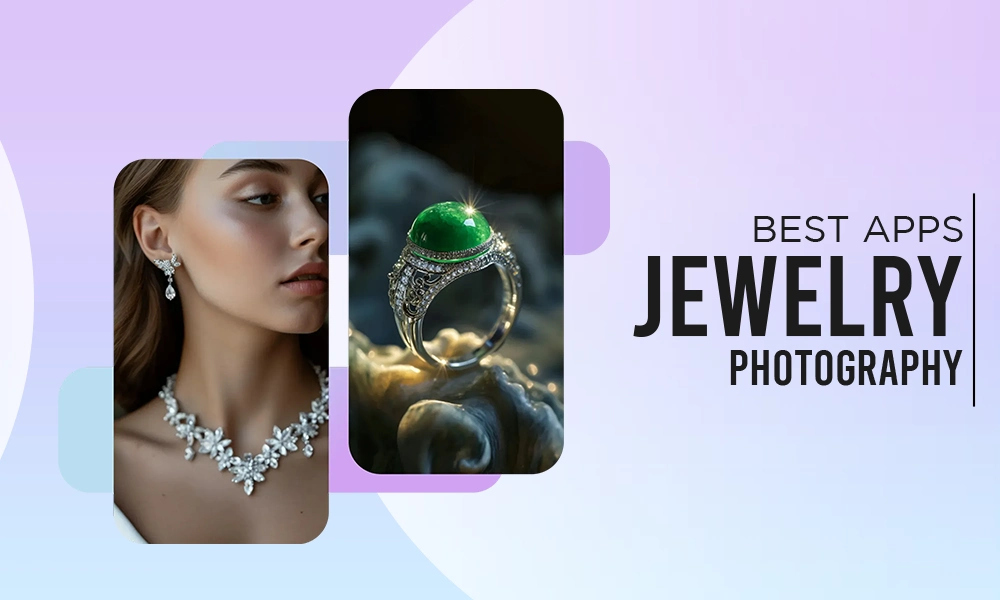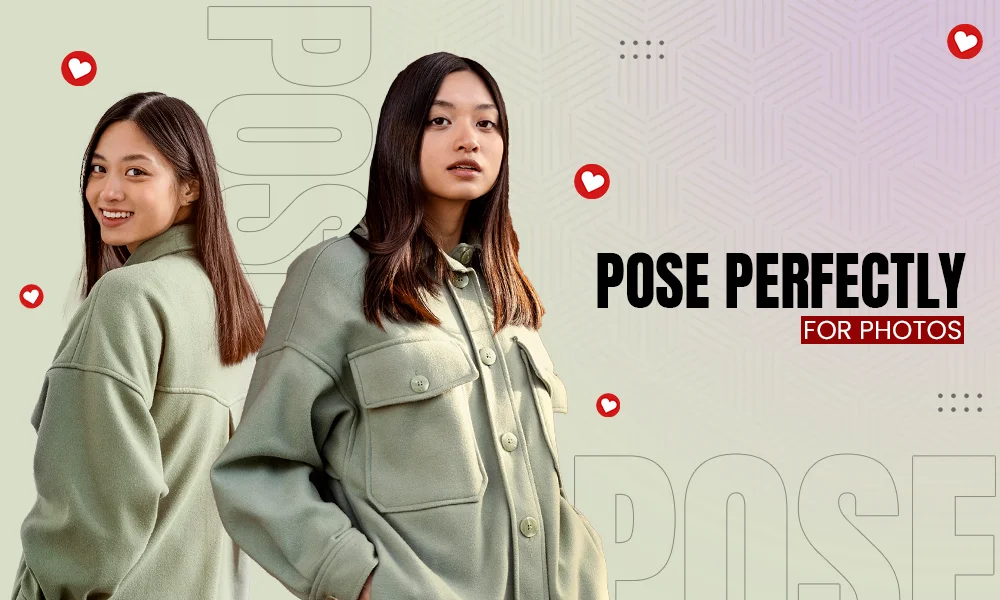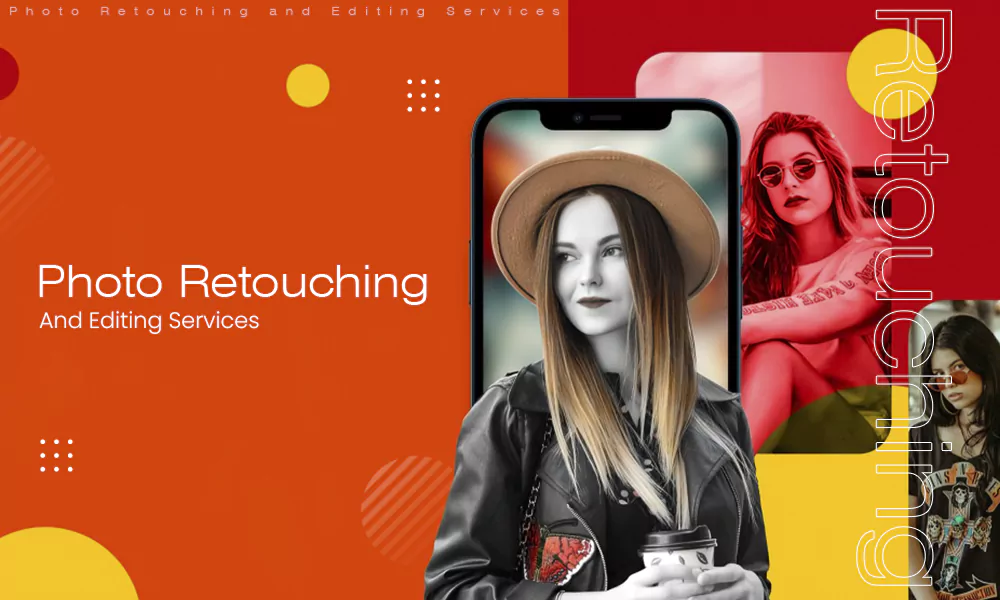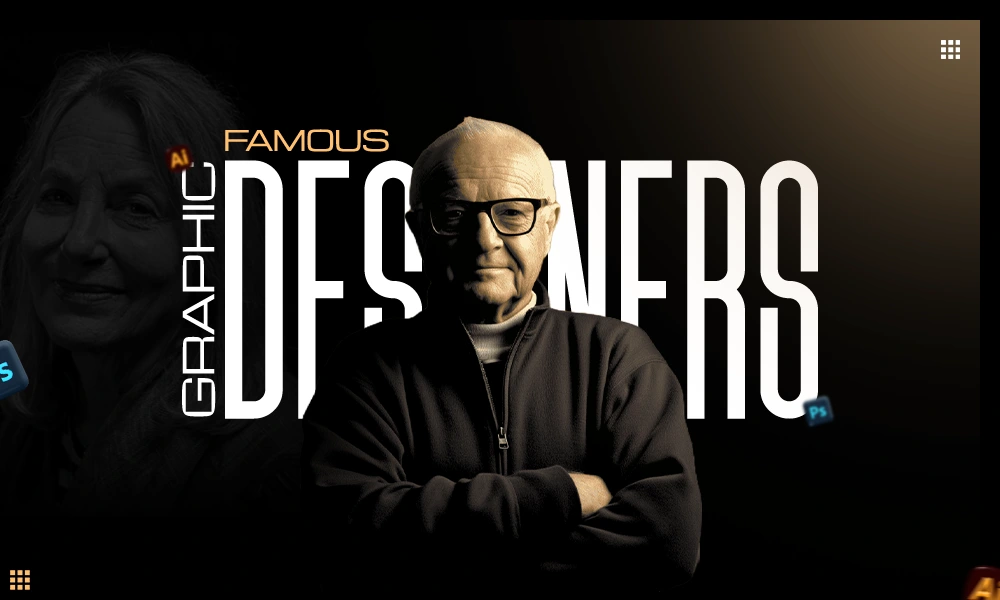Visual representation is an art that not everyone can master; it requires creativity and a great sense of angles to play along. One such popular style that has been timeless and has gained immense traction is top down photography.
Whether you are capturing photographs for social media, e-commerce listings, YouTube thumbnails, or blogs, top-down photography has been a popular choice.
With hundreds of angles to shoot from, what’s so special about the top-down photography angle that makes your subject refined out? This article discusses everything you should know about composition techniques to help you capture the perfect top-down shots.
What is Top Down Photography?

As the name suggests, the top-down photography style is a form of positioning where the camera is placed just above the subject at a 90° angle. This type of photography is also known as mountaintop photography or top-down shooting, which was a popular concept for capturing food or product photography.
By that time this style got to flourish in several genres of photography, as well as videography, thanks to the drone shots. As of now, this angle is widely followed for social media marketing, e-commerce listings, and branding due to its ability to highlight details without distortion.
However, consider the options and various types of angles that a photographer can use from their arsenal. It’s worth wondering why top down photography is still a popular choice even after decades and what kind of purpose it serves.
Purpose of Top Down Photography
Even after decades and a long list of photography trends, top-down photography remains a staple in the industry due to its unique advantages and versatility.
Whether you call it flat lay or overhead photography, these types of shots eliminate the need to take multiple shots and constantly put effort into fixing lighting angles. Earlier the purpose of this type of shot was reserved for food blogging sites due to the fact that these types of platforms require clear overview images.
Later, with the boom of e-commerce sites, this style was adopted to showcase products in a visually appealing manner. So technically the flat lay photograph serves the purpose of providing a clean overview of the subject.
But apart from this, several other advantages that it provides to photographers and audiences are:
- Top-down images provide a clean, minimalistic background that puts focus on the subject.
- It’s a valuable angle for videographers and content creators that visually engage audiences that drive higher engagement rates.
- There is minimal effort while prepping up for top-view photography, just basic lighting and a bit of an add-on to the background, and you are good to go.
- It gives creative liberty to photographers, allowing them to add storytelling elements. This can be done by arranging multiple elements in a single frame that enhances branding and marketing efforts.
It is evident why this photography angle has been widely used and stuck around, giving an ideal view to the audience, and allowing them to make informed purchases. But how can you achieve the pinnacle of top-down photography?
How to Capture Perfect Top-Down Photography?
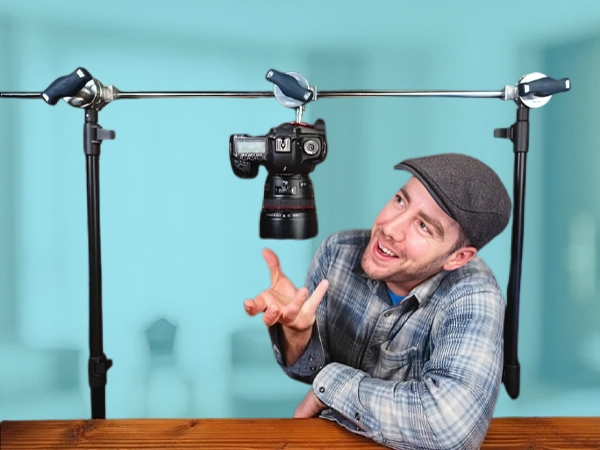
The key perfectionist relies on technique and a combination of the right equipment. Top-down is an angle that gets your half of the work done, meaning you don’t really have to go deep into a complex setup.
So basically, here’s how you can achieve professional-quality top-down photography:
Camera
It’s really great if you have a DSLR, but don’t be afraid to try on a smartphone; the key with a camera lies within understanding the environment. If the subject is well-lit and you are working under natural lighting, keep the light settings low on the camera.
In addition, don’t forget to use a tripod or a shutter that eliminates the camera shake. Combine that with using a wide aperture lens with a 50mm size.
Lighting
So there is a lot you can do with lighting. Considering the fact that it’s a top-view shot, you can either make it darker or add light. If you have a space around the natural lighting, it would be great; otherwise, working with LED light on the opposite side of the subject works fine.
Don’t forget to get a diffuser to prevent harsh shadowing; this would bring depth and highlight textures, often used in food photography.
Positioning
You can freely experiment with the positioning and see what works best; in case you are working with artificial lights, place them at 45° below the camera and control the intensity accordingly. Moreover, the background also plays a significant role, white, black, or pastel gives a clean, minimal look. On the other hand, wood, marble, or fabric add depth and visual appeal.
Post-Processing
Now moving further, this is the most crucial step that many of the professionals neglect that hampers the final look of an image. The post-processing image includes steps like fixing shadows, adjusting white balance and saturation, and tweaking the highlights and midtones that polish the look.
You can also remove unwanted elements and add subtle refinements that elevate top-down shots. However, not everyone has the ability to execute such a delicate task, and the biggest mistake for any commercial photographer is attempting to handle post-processing without the proper skills or tools.
It is always recommended to avail professional help, but not everyone pays any importance to this, this is the key factor that draws out aesthetics from top-down photography.
Why Photo Retouching is Important for Top Down Images?
We were widely discussing photo retouching in the above passage, but why do we have to emphasize it? If you are someone who is professionally into photography, it is a boon that uplifts your end result, adding an aesthetic appeal.
The biggest issue with top-down photography is the inconsistency of lighting and harsh shadow effects. This issue can only be resolved with a professional photo retouching service that makes the images look uniform and natural.
So what exactly does photo retouching do to your shot images is it clears out unwanted reflection, fixes color disparity, removes dust particles, and ensures details pop out. The Visuals Clipping photo retouching service is designed to ensure every captured image turns out to be flawless and polished.
With the option of a wide range of services that cater to different requirements of photographs, there is an assurance that every image receives the attention it deserves. For example, a jewelry retouching service widely focuses on adding details and shine that make the images perfect to list them on a website and use them on social media handles.
No matter how pricey or top-notch the gear you have for top-down photography, a high-quality retouching service can elevate the final image, making it stand out professionally and aesthetically.
Final Words
Top-down photography is a game changer, especially for rookie photographers who are learning the fundamentals and techniques of photography. We cannot deny the crucial role of image retouching and the post-processing phase that adds a layer of refinement.
As a professional photographer, you can surely experiment with the background by adding props or even play around with the processing part by adjusting contrast, and color balance, and optimizing lighting for a polished look.
So this was the entire walkthrough about top-view photography that would surely help you in elevating your skills.
FAQs
Are table photography and top-down photography the same?
Yes! Both top-down photography and table photography are the same concept. The photograph is taken from the top view angle, which is 90°.
What kind of background is perfect for top-down photography?
A plain and simple background is preferred for top-down photography.
In which situation do we opt for top-down photography?
There is no such particular situation for top-down photography; it can be used in any scenario, like clicking food pictures, product photography, top-view drone shots, gadgets, and so on.
Is it necessary to add final touches to top-down images?
Yes, making the final adjustments like fixing color disparity, and shadows, and adjusting contrast are some important adjustments that need to be made that increase overall appearance.



